ShadeSmart Award
In 2022, in collaboration with the Australian Institute of Landscape Architects (AILA) NSW and the Cancer Council NSW as an initiative of the ShadeSmart program, we launched the inaugural ShadeSmart Award.
This award celebrates the important role of landscape architects in shaping outdoor spaces for skin cancer prevention and contributing to healthier communities.
To win, entrants must demonstrate best practice in planning and design for shade and UV protection effectiveness. The award criteria also considers innovative design that delivers structure and natural shade outcomes to support healthy living and climate responsive solutions.
The ShadeSmart Award is now an integral part of the annual recognitions by AILA chapters across Australia.
Past award winners
2025 ShadeSmart Award Winners
Overview
Designed and implemented in 2010, this project represents the value of legacy urban tree planting that delivers a positive micro-environment supporting urban living and activity in the heart of the Chatswood metropolis. An exemplar climate responsive solution that embraces sustainable water sensitive urban design [WSUD] and introduction of advanced deciduous trees. Best practice design for sustainable natural shade and UV effectiveness is to be acknowledged and celebrated through the ShadeSmart Award 2025.

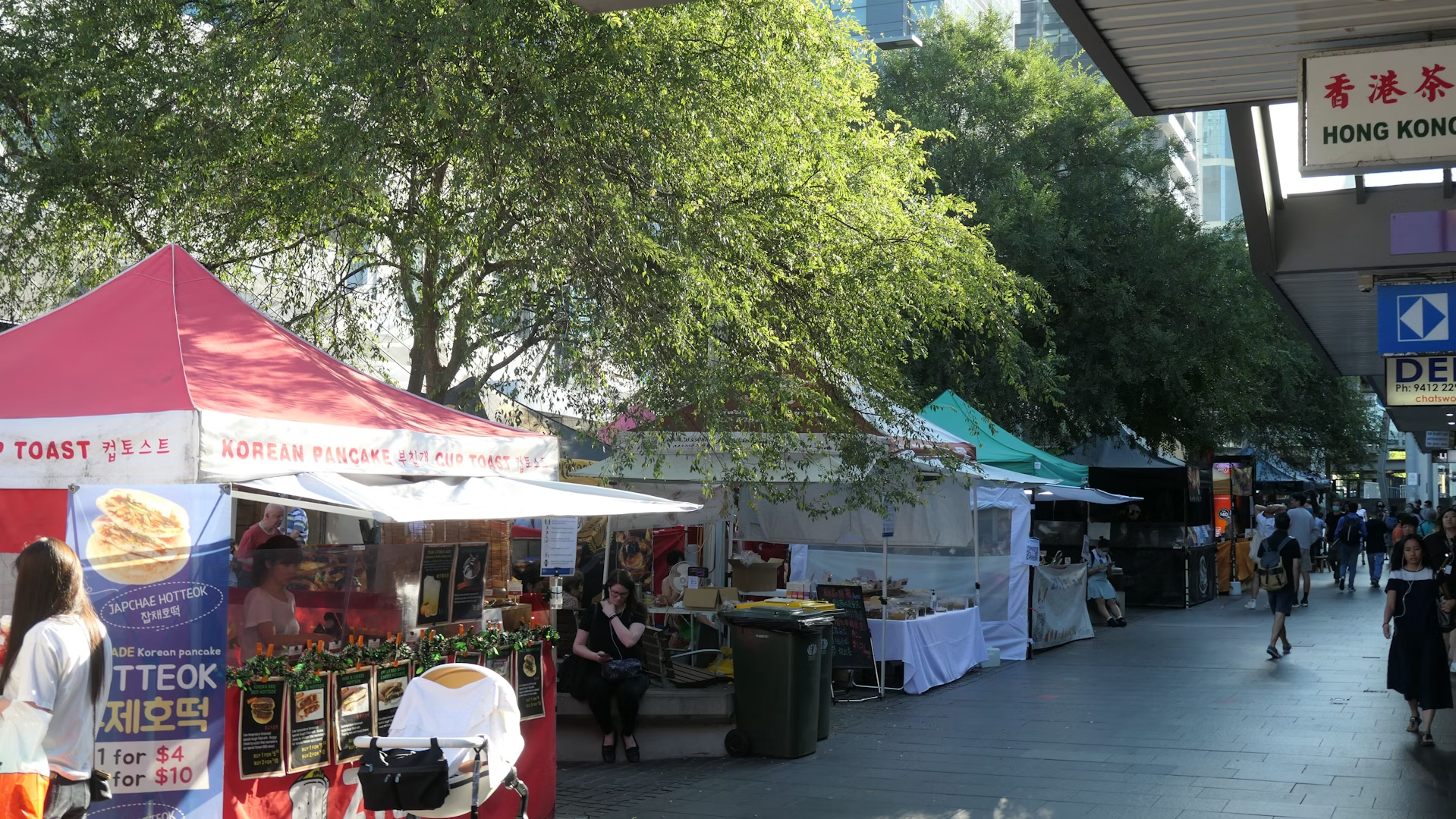
Overview
Pendle Hills Civic Park is an exemplar project that seamlessly integrates natural and introduced shade, ample grass and vegetated surfaces that help cool the urban area to deliver far-reaching benefits for the community and environment. Responsive ShadeSmart thinking, planning and design are embedded in the revitalisation project. The landscape Architect is to be commended for leadership in advancing shade and UV protection outcomes that support health living, human wellbeing and climate responsive solutions.
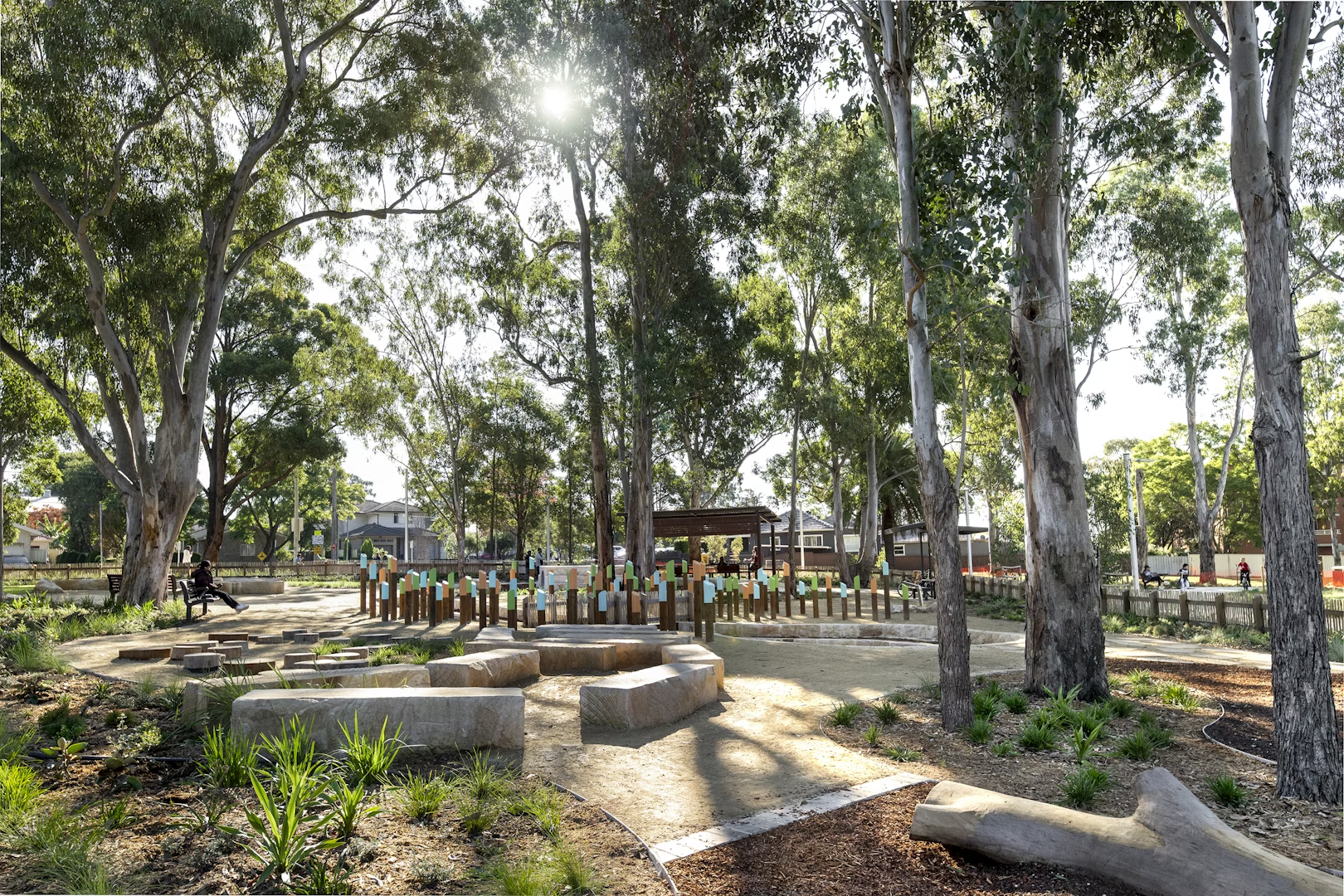
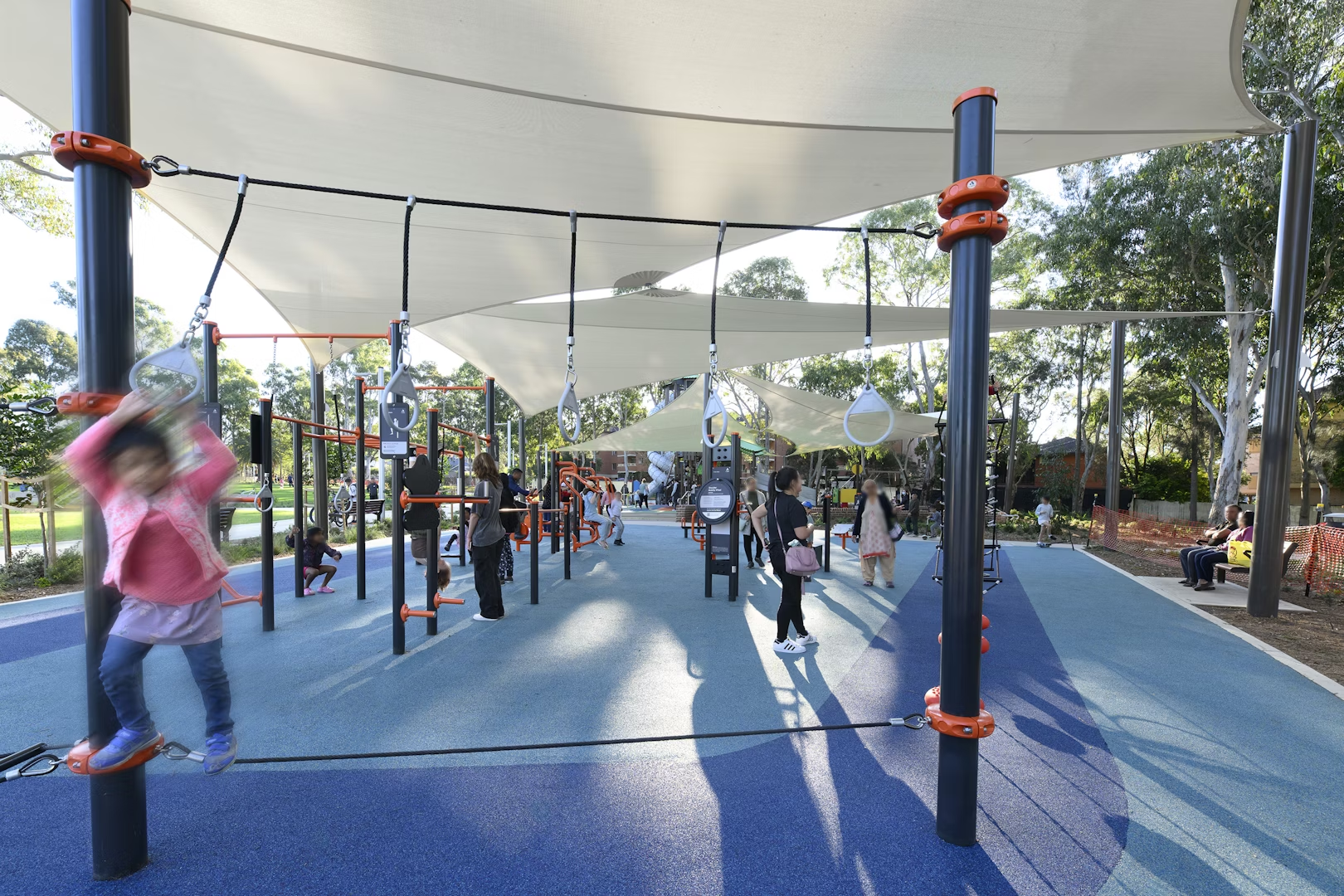
2024 Shadesmart Award Winners
Company/practice name: Cessnock West Public School
Overview of the project:
The upgrade of the school grounds at Cessnock West Public School focussed on the creation of a cooler outdoor environment with improved shade coverage, which is linked to improved cognitive, psychological, behavioural, and physiological well-being of children.
The design response includes increased vegetation, water play, materials with lower thermal properties and heat-reflective surfaces.
Research undertaken with the School post-completion measures the impact of the changes, aims to establish best practices for other schools, and fosters environmental stewardship through an ongoing collaboration with the school community.
Across all phases, the project has been underpinned by a collaborative design process with the school community. This has been driven by a strong client engagement with the school’s leadership team who were passionate about embracing change and enhancing the school environment.
Moir LA created a comprehensive vision for the outdoor environment including upgrades to an outdoor learning and play area. Proposed changes were made using heat-mapping analysis to improve and locate effective shade structures, and the transformed space offers a variety of interaction and nature-based play opportunities.
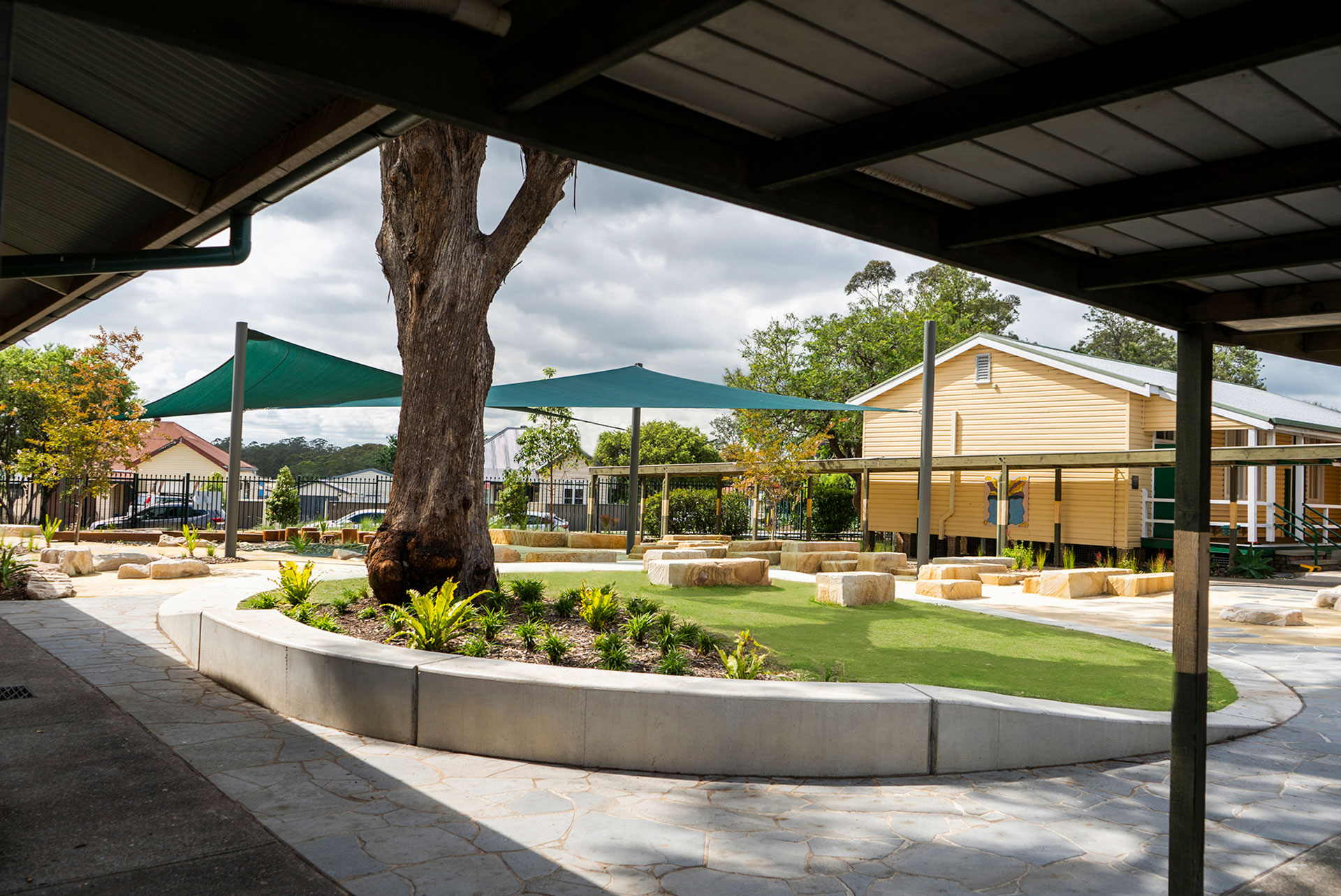
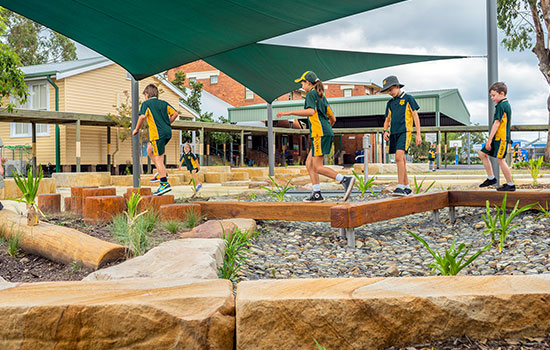
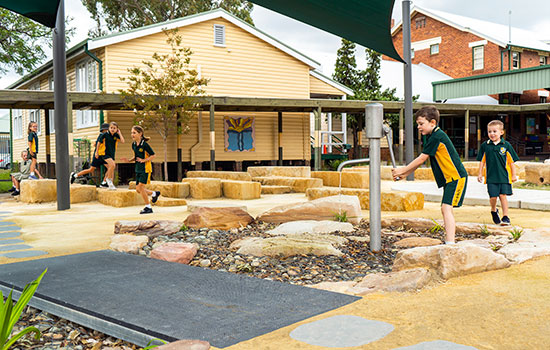
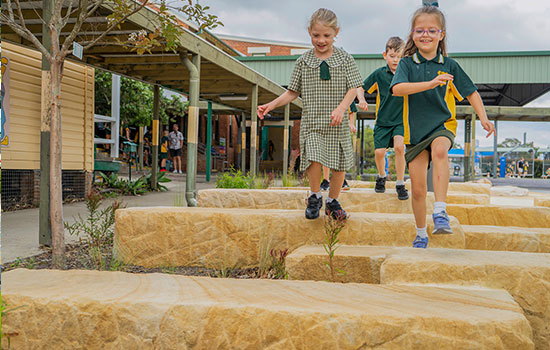
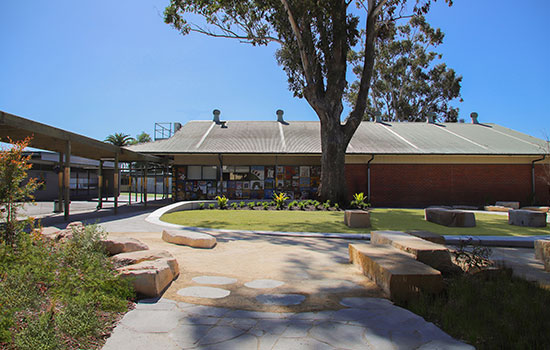
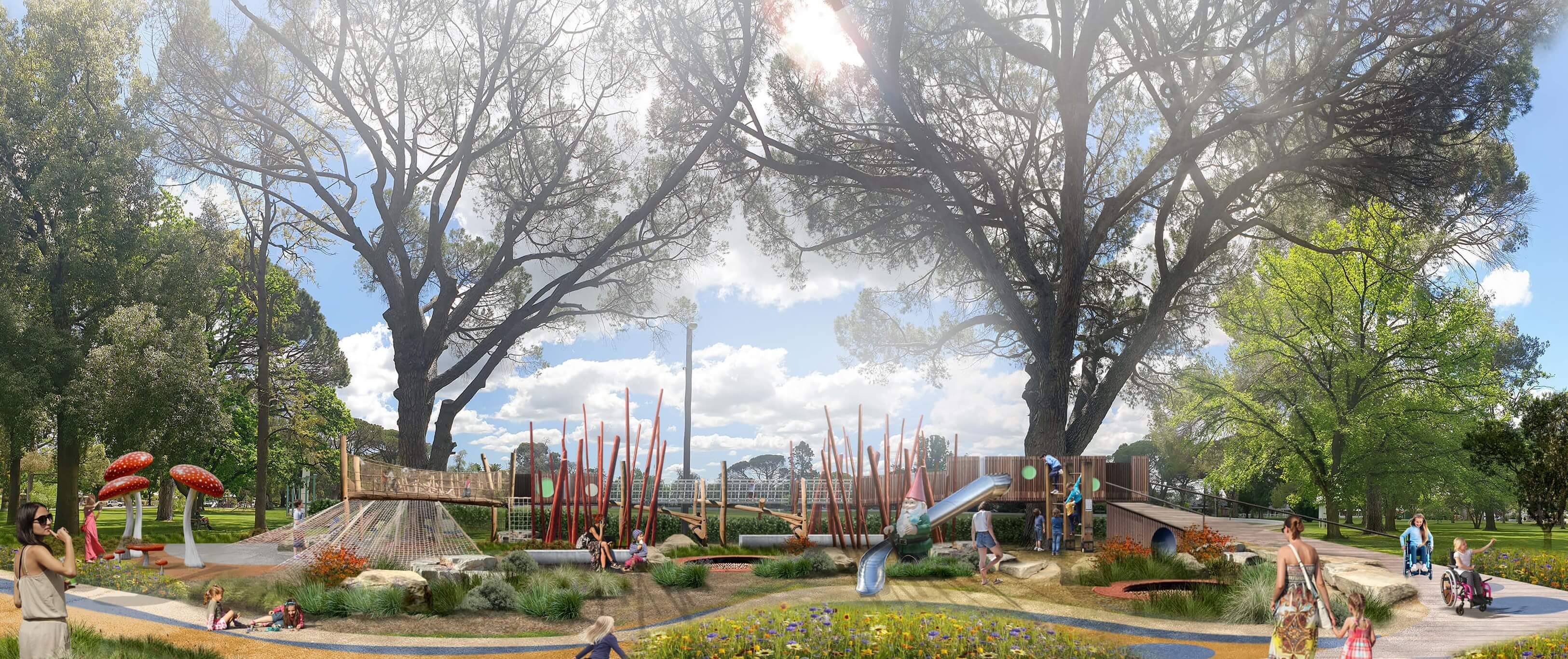
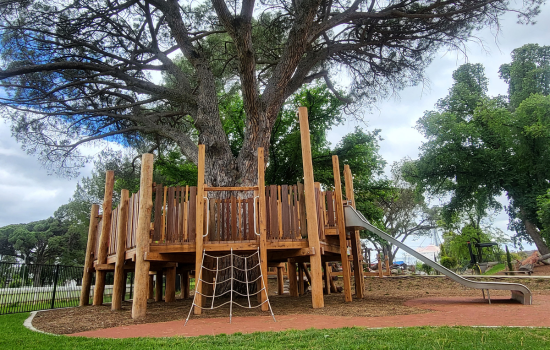
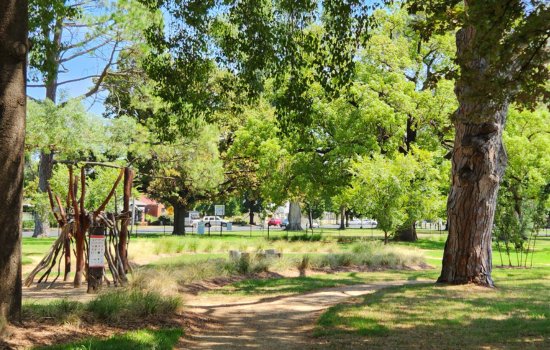
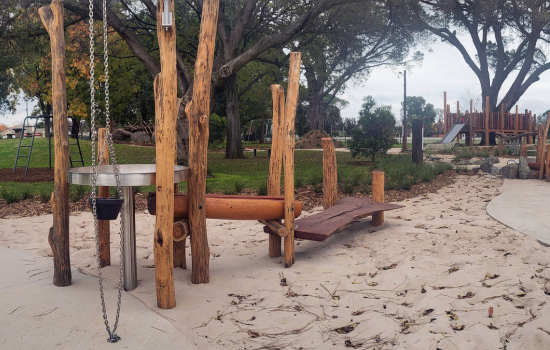
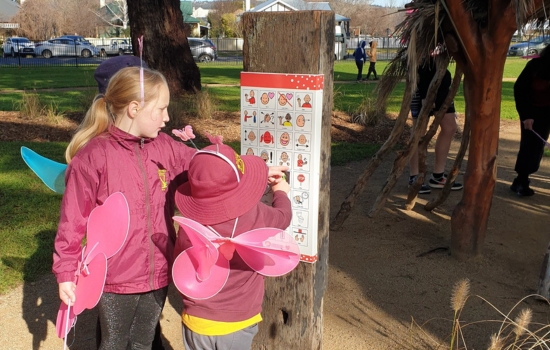
Company/practice name: Tanya Wood with The University of Technology Sydney
Overview of the project:
Landscape architecture and school students were brought together to connect with Country and create this shaded multi-functional learning environment. The existing tree canopy was enhanced through the restoration of endangered Eastern Suburbs Banksia Scrub which surrounds walkways and a yarning circle big enough for an entire class. The shade protected the large group of students and professionals from UV and heat immediately, as it was 40 degrees on installation day. Ongoing studies are planned to measure the impact on this site.
The Landscapes for Well-Being (LFWB) project is an advanced approach to health and education. A result of successful collaboration between UTS students, high-school students, high-school staff, parents of students, local community members including local indigenous enterprise. On Saturday 9th December 2023 in 40°C, UTS students stood alongside the team above and installed their studio project at JJCahill Memorial High School. A real project, the result of intense research and guidance, LFWB successfully demonstrates how climate positive design contributes to the usability of the school whilst directly impacting the well-being of the user. Heralded as a pioneering, innovative success.
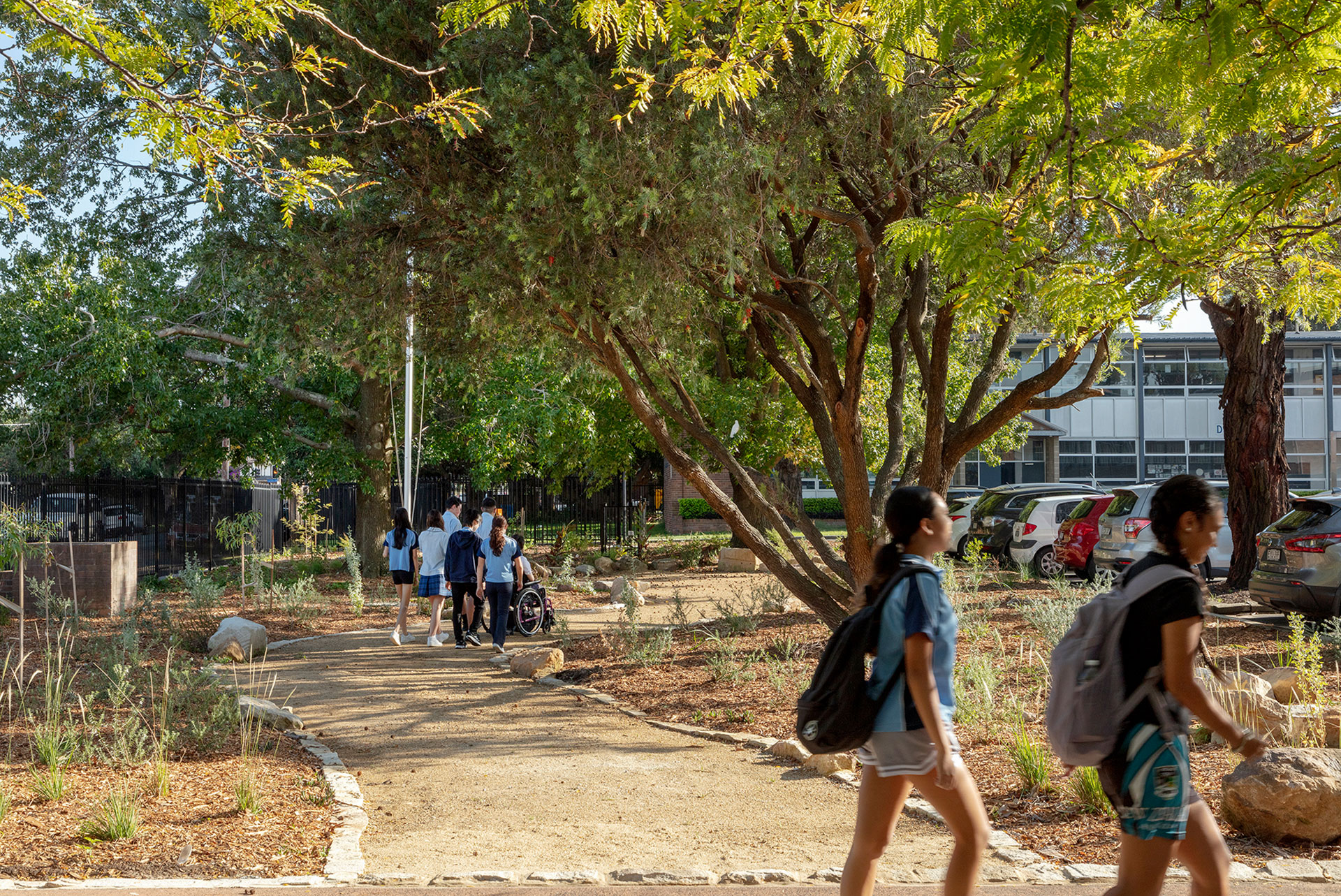

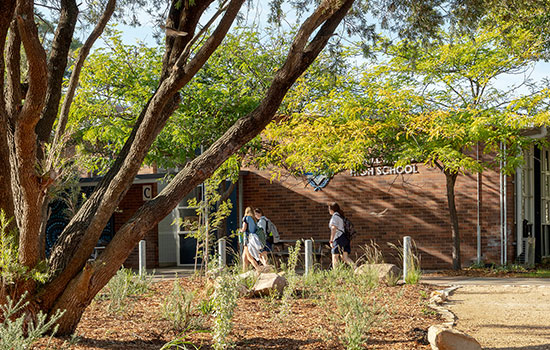
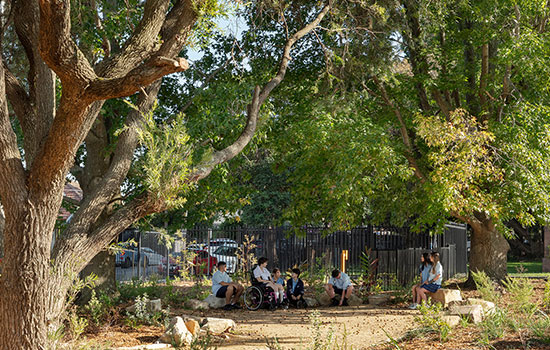
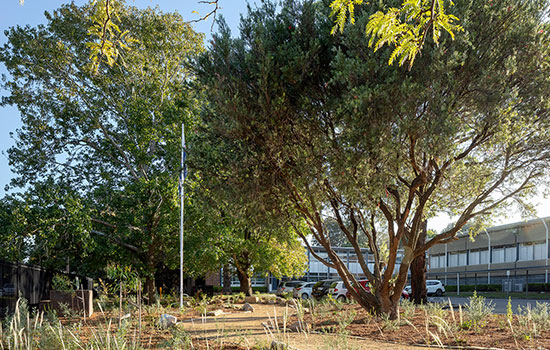
2023 ShadeSmart Award Winners
Company/practice name: sala4D
Overview of the project:
Working with a limited budget, the Livvi’s Place playground used innovative design features to deliver quality natural shade to support healthy living and climate responsive solutions. The playground is centred on the concept of ’The Magic of the Trees’ and has used existing and new trees as the inspiration for the site.
Importantly, the project has included significant community engagement and input from key stakeholders to ensure a fully accessible playground to meet many different needs. These stakeholders included the Cootamundra Aboriginal Working Party.
No trees were removed to build the playground and a further 30 trees were planted ensuring shade well into the future and a cooler play space overall. The project represents an exemplary benchmark in the creation of safe shaded playground for children of all ages.










Company/practice name: City of Sydney
Overview of the project:
The humble street tree, long undervalued by planners and managers, has enormous potential to mitigate heat effects of climate change and create cool, healthy and shaded places for people. This project by the City of Sydney recognises this important role of urban street trees in creating shade and demonstrates best practice in planning and policy for shade with UV-protective benefits.
The project’s strength is that it's informed by research, is analytically comprehensive and will contribute to future data-driven planning.
The objectives of this project were to:
- increase canopy
- develop a palette of reliable species likely to thrive into the future
- increase the use of indigenous species to improve biodiversity
- promote active transport on streets
- reinforce the landscape character of the city’s precincts.
The project provides an exemplar for other councils to plan for a shade smart future that matches their own resources and community’s needs.

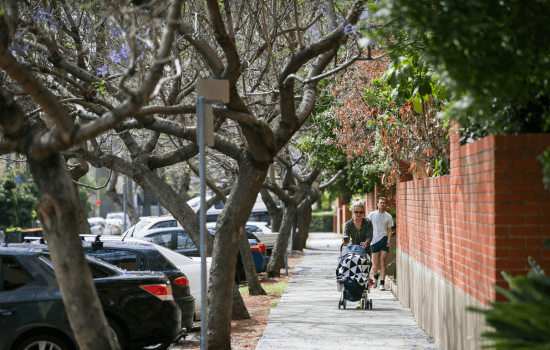
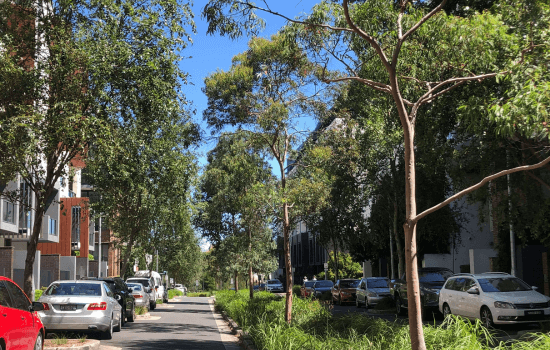
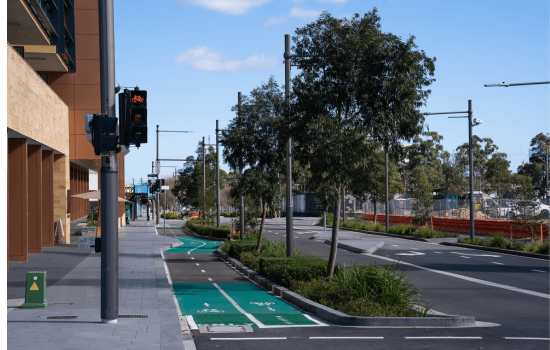
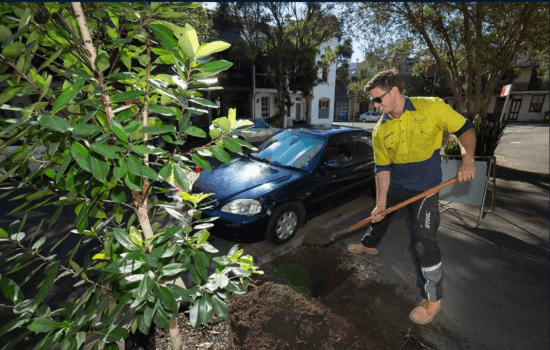





2022 ShadeSmart Award Winners
Congratulations to the 2022 ShadeSmart award winners.
Find out more about their projects by selecting the ShadeSmart button on the AILA awards website.